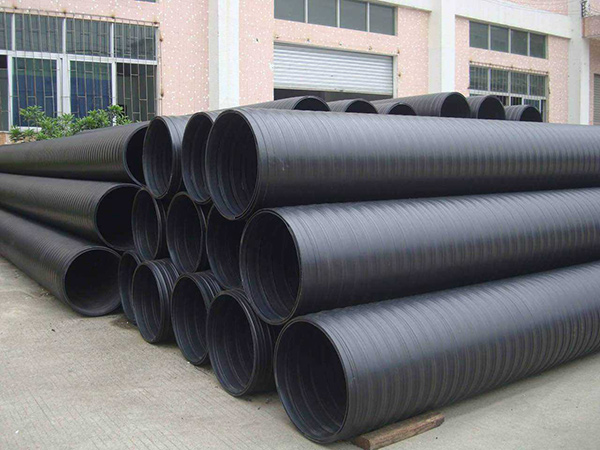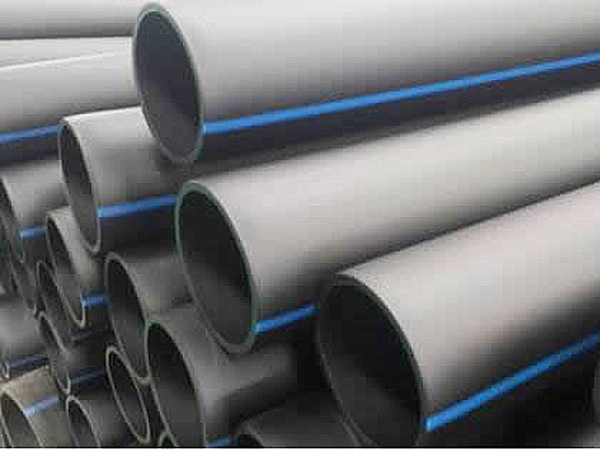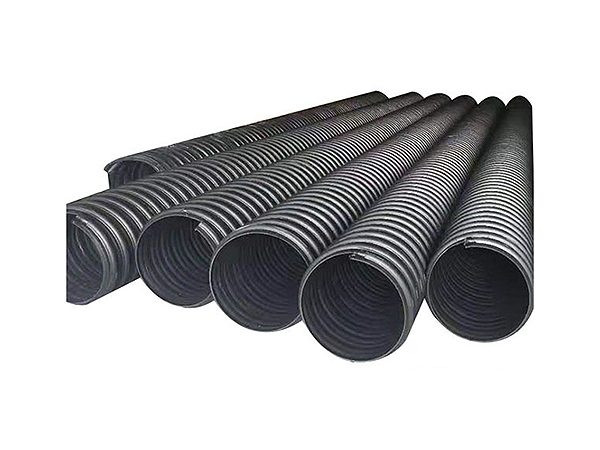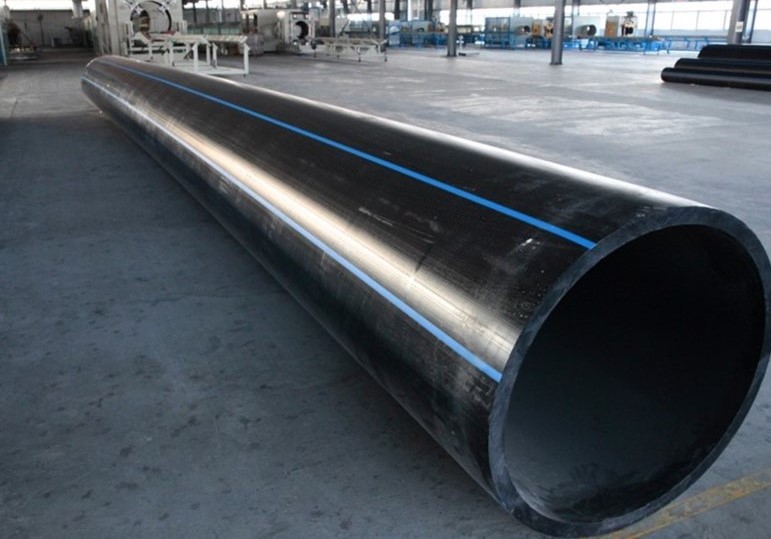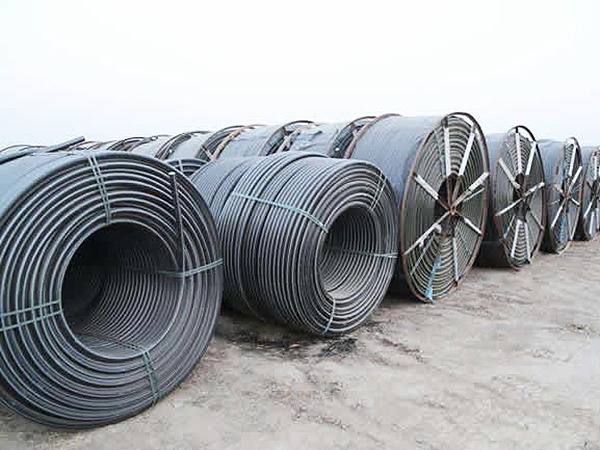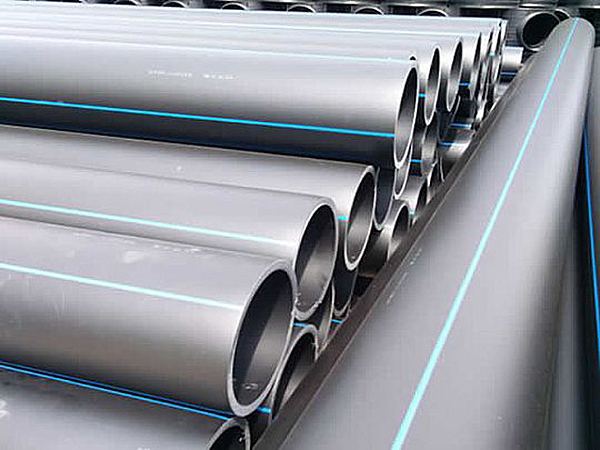The Flooring Expert
HDPE hollow wall winding pipe
Product Introduction
HDPE hollow wall winding pipe is a kind of high-density polyethylene (HDPE) as raw material, using heat, The structural wall pipe made by the state winding forming process meets the national standard “Polyethylene (PE) Structural Wall Piping System for Underground Use” Part 2: “Polyethylene Winding Structural Wall Pipe” (GB/T19472.2-2004) Requirements. The pipe is suitable for municipal drainage, building outdoor drainage, buried farmland drainage, industrial sewage, road drainage, sewage treatment plant, sports field square engineering drainage, and electrical and telecommunications engineering where the conveying water temperature is below 45°C. Because HDPE is hollow Wall winding pipe is a chemical building material, which is of great significance to save energy, reduce pollution and protect the environment.
Performance Characteristics
1. High quality of weld seam : The special-shaped structural profile extruded from the extruder die is evenly wound on the drum mold according to the predetermined position, and the PE melt is simultaneously extruded to weld the special-shaped structural profile into a whole, ensuring Quality of welded joints of structural wall pipes.
2. Excellent installation performance, simple connection, reasonable joint sealing form, safe and reliable.
3. It has good flexibility and seismic performance: HDPE is a high-molecular polymer, which makes the hollow wall wound pipe have good flexibility and overall resistance to external pressure. When used under heavy load, it can ensure traffic Safety.
4. High ring rigidity: The pipe is formed by winding process, which improves the ring rigidity of the pipe under the premise of saving materials.
5. Strong chemical resistance, aging resistance and long service life. High-density PE has strong corrosion resistance and chemical resistance, and does not require any corrosion when transporting corrosive fluids or laying in highly corrosive soil Processing, performance is much better than other pipe materials.
Connection Methods
Through close cooperation with users, relevant companies producing hollow wall winding pipes in my country have developed a variety of connection methods to meet the needs of various projects. The 6 commonly used connection methods introduced below have advantages and disadvantages and applicable occasions. Users can choose according to different requirements and conditions of the project. For example, some connection methods require more labor and time-consuming construction, which is more suitable for areas where labor is relatively cheap.
1. Extrusion melt welding. Extrusion melt welding is to extrude molten polyethylene with a hand-held welding gun, and weld the polyethylene on both sides of the joint. Usually adopt internal and external double-sided welding, suitable for pipes with an inner diameter of 800mm or more, and workers can enter the pipe to weld. The advantages of this method are: to ensure that the seal does not leak, the connection is more convenient and flexible, the construction tools are simple (as long as the welding torch and the power supply), and the material cost is low. The disadvantage is that more labor is used and construction is time-consuming.
2. The clamp and the sealing band are connected. The clamp and sealing band connection is to use a split metal clamp (composed of two halved pieces, and a large diameter can be composed of four pieces) to hoop the two pipe sections to be connected together from the outer circumference. The clamp is provided with protrusions or bends, and the two pipe sections to be connected can also be fixed in the axial direction by clamping the adjacent ribs. Add a layer of elastic sealing tape between the clamp and the pipe, and plug the two ends of the broken joint of the spiral groove of the hollow wall with elastic sealing blocks, and rely on the locking force of the clamp to compress the elastic sealing tape and the elastic sealing block. To achieve the sealing requirements of the connection. The advantages of this method are: convenient and flexible connection, strong adaptability to site conditions, simple construction tools (only manual tools are required), and low labor costs. The disadvantage is that the sealing reliability is low, and it is only suitable for rainwater drainage pipes.
3. Heat shrinkable sleeve (belt) connection. The material used for the connection of the heat shrinkable sleeve (belt) is polyethylene sleeve (belt) and reinforced fiber mesh. Before connection, it is radiated by an electron accelerator to cross-link the polyethylene and then undergo heating expansion and cooling to shape, and at the same time apply hot melt glue on the inner wall of the pipeline. During the connection construction, the heat shrinkable sleeve (belt) is placed on the joint of the pipe section to be connected, and it is heated by a blowtorch to shrink it and weld it with the hot melt adhesive on the inner wall to form a well-sealed and strong connection joint. The advantages of this method are: easy connection, simple construction tools (only spray gun, no power supply) and low material cost. The disadvantage is that more labor is used.
4. Electric hot melt belt connection. The electric melting tape is connected with a specially made electric melting tape. The main body is a polyethylene electric heating tape with electric heating wires embedded on its inner surface. After power on, the inner surface of the electric heating tape melts, thereby fusing with the groove of the corrugated pipe. When connecting, first wind and stretch a section of the electric heating tape in the corrugated groove before the seam, energize to melt the inner surface of the electric heating tape, and fuse it with the groove of the hollow wall winding pipe, the electric heating tape does not cover Axial joints should be welded with extrusion melt. If necessary, perform another extrusion melt welding in the pipe.
5. Connect the straight pipe ends with split clamps. This means that a special polyethylene connection member (completed in the manufacturing plant) is welded to the spiral port of the hollow wall winding pipe. This member can convert the spiral port into a flat end with a tapered flange. At the laying site, split clamps with tapered grooves are used to clamp and connect the tapered flanges of the two pipe sections, and the sealing is ensured by the sealing rubber ring between the end faces of the flanges.
6. The straight pipe end is connected with the socket of elastic sealing ring. The socket connection of the elastic sealing ring is the most commonly used and most popular connection method for buried drainage pipes, because the connection can be completed by sockets during laying.
Products categories
WHY CHOOSE US
Since its establishment, our factory has been developing first world class products with adhering the principle
of quality first. Our products have gained excellent reputation in the industry and valuabletrusty among new and old customers..
